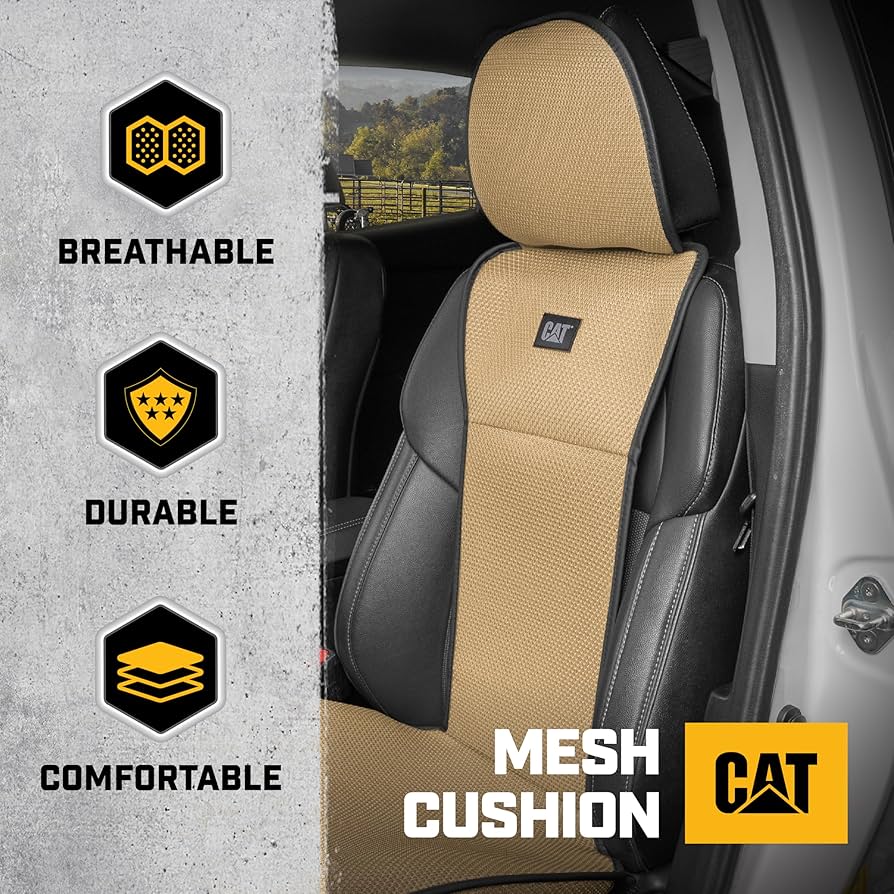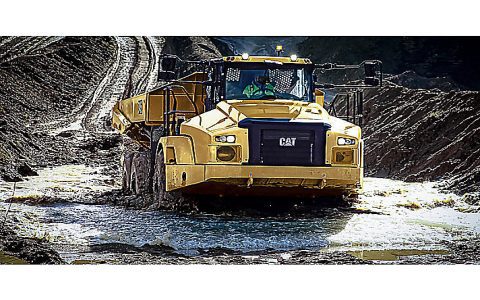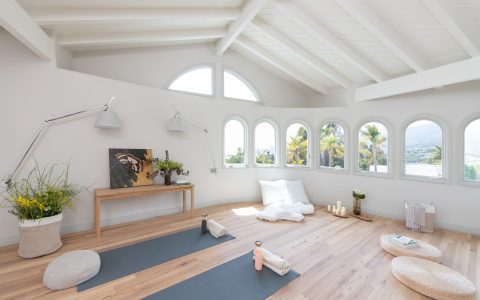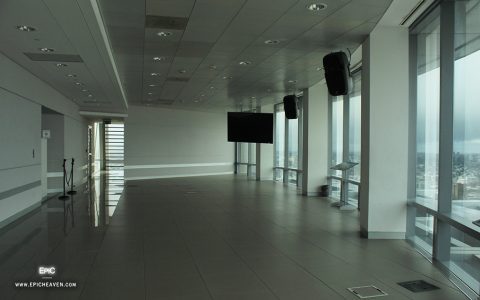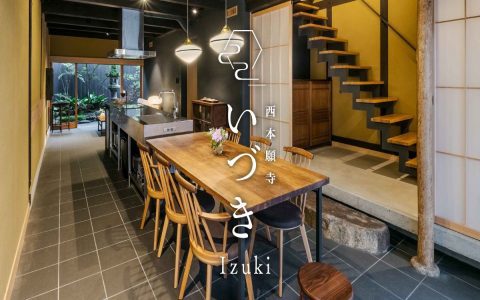Understanding Caterpillar Seating
Caterpillar seating refers to a modular and often elongated seating system designed to offer flexible and adaptable arrangements. Its name derives from its characteristic segmented appearance, which can be configured into various linear or curvilinear forms, resembling the articulated body of a caterpillar.
Key Characteristics
- Modularity: Composed of individual, interconnectable seating units or segments. This allows for customization in length and shape.
- Flexibility: Easily reconfigurable to adapt to different spatial requirements, user needs, or event types. Segments can often be added, removed, or rearranged.
- Scalability: The system can be scaled up or down to accommodate varying numbers of users, from small, intimate arrangements to extensive, continuous seating.
- Form and Flow: Frequently designed with organic, flowing lines or dynamic curves, though straight-line configurations are also common. This design facilitates a sense of movement and can define spaces.
- Versatility: Suitable for a wide range of upholstery options, materials, and finishes, enabling integration into diverse aesthetic environments.
Advantages of Caterpillar Seating
- Space Optimization: Its adaptable nature allows for efficient use of space, particularly in irregularly shaped areas, along walls, or as a central feature.
- Enhanced Social Interaction: The design can encourage communication and interaction by creating inward or outward-facing arrangements, or long, shared benches.
- Aesthetic Impact: Caterpillar seating can serve as a strong visual element, adding character and contemporary style to an interior.
- Adaptability to Needs: Ideal for environments where seating requirements may change frequently, such as collaborative workspaces, event venues, or public lounges.
Common Applications
Caterpillar seating is frequently employed in:
- Public Spaces: Airports, train stations, museums, and shopping malls where durable and high-capacity seating is needed.
- Commercial Interiors: Lobbies, reception areas, breakout zones in offices, and hospitality settings like hotels and restaurants.
- Educational Institutions: Libraries, student lounges, and common areas, promoting collaborative study or relaxation.
- Healthcare Facilities: Waiting rooms and family lounges, offering comfortable and adaptable seating solutions.
Design and Material Considerations
When specifying caterpillar seating, key considerations include the durability of the frame and upholstery materials, especially for high-traffic areas. The ease of cleaning and maintenance is also crucial. The chosen configuration should support intended traffic flow and user activities. Ergonomics, while often secondary to flexibility in some designs, should still be considered for user comfort, particularly for applications involving longer periods of sitting.
